Latest
Artemis II Core Stage rolls out, leaves New Orleans
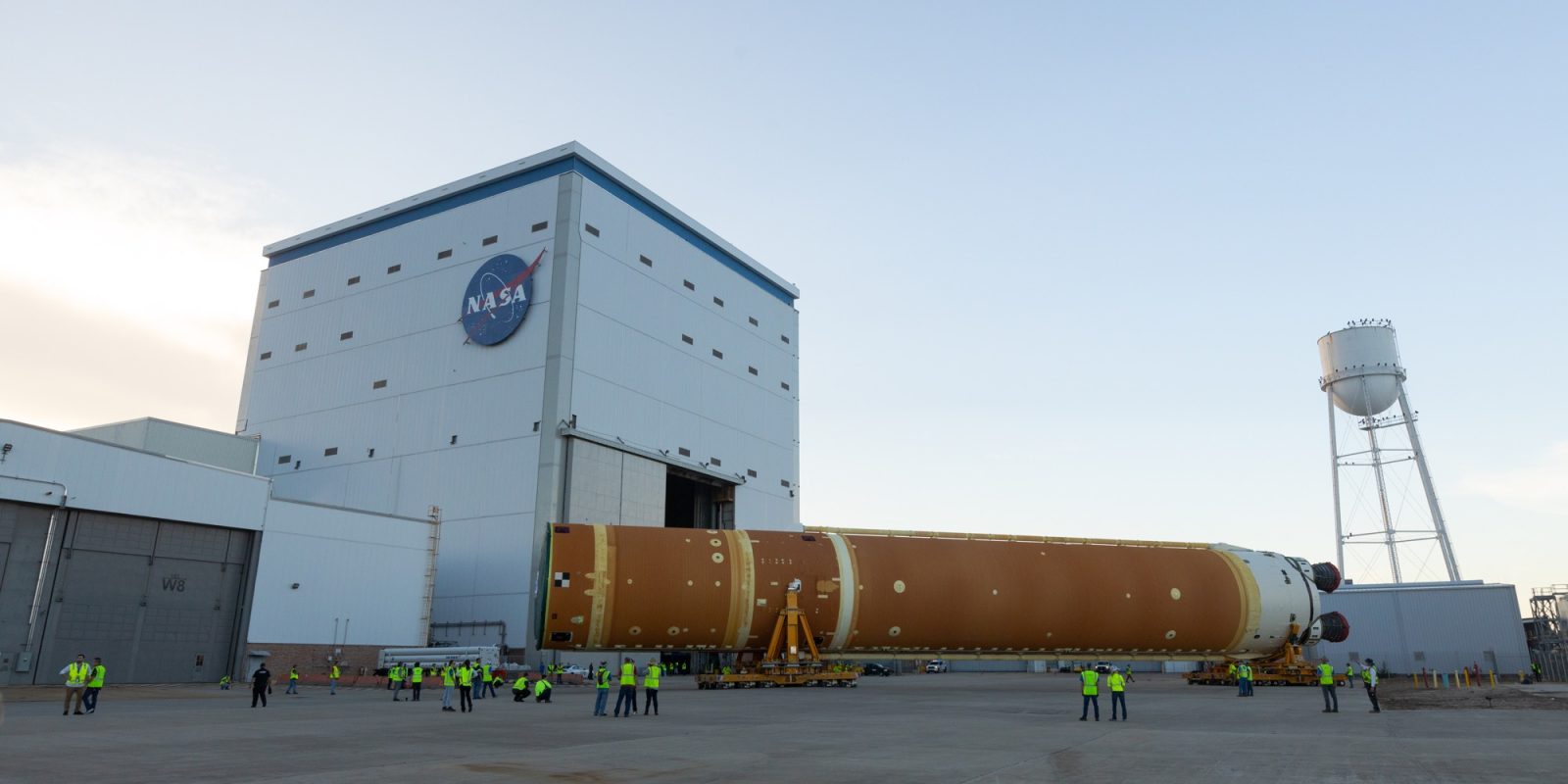
Under a blistering Louisiana sun, the Artemis II core stage left the Michoud Assembly Facility this morning in New Orleans. This is the core of the massive SLS rocket that will take four astronauts to orbit the Moon for the first time in over 50 years.
Expand Expanding CloseThis Week In Launch: A week with no SpaceX
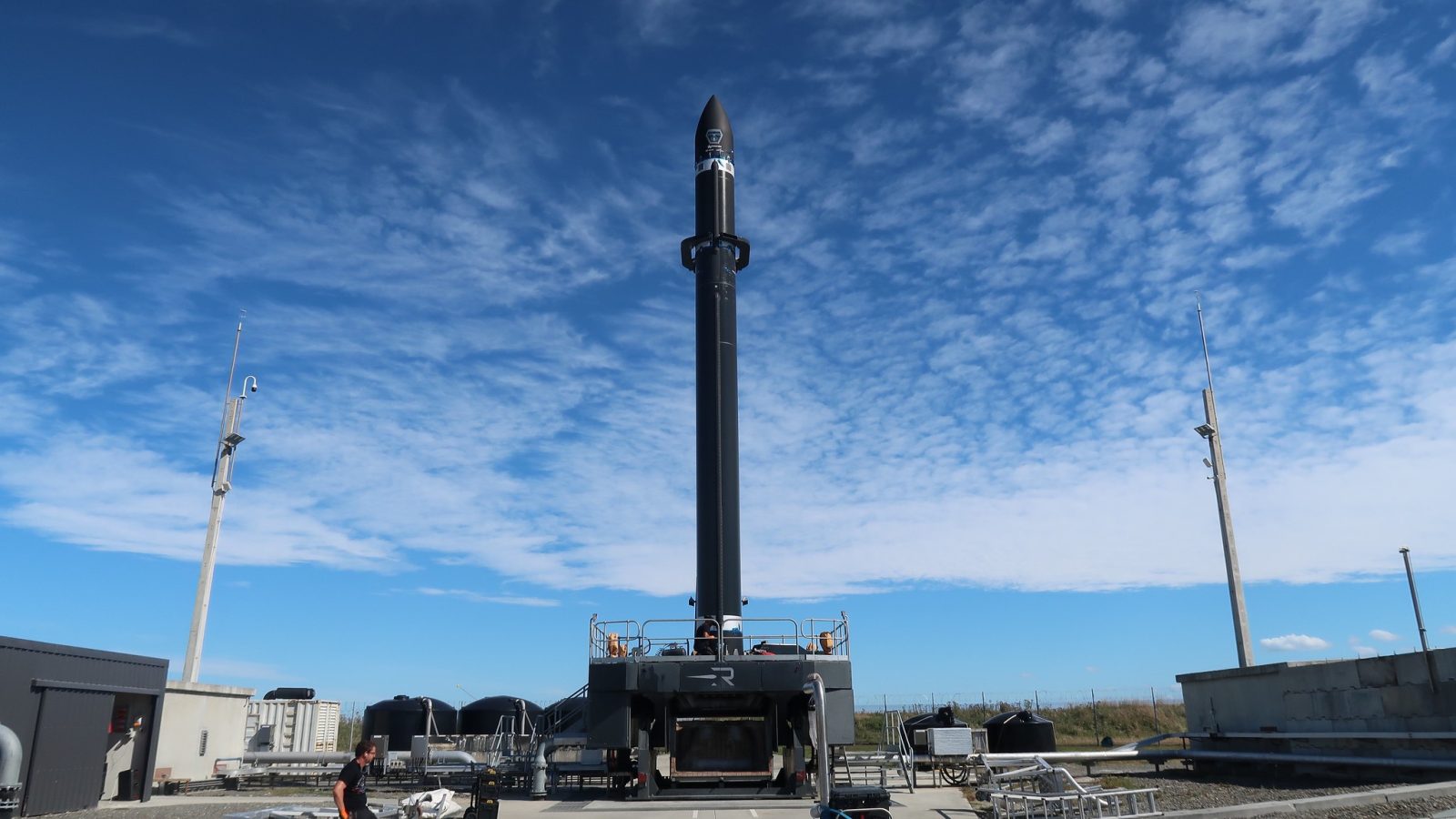
In contrast to weeks past, we only have a single mission scheduled to launch this week, an Electron from New Zealand. Due to SpaceX’s anomaly mid-flight last week, its Falcon 9 rocket has been grounded until an investigation is completed.
Expand Expanding CloseSpaceX Falcon 9 grounded after second stage failure on Starlink mission
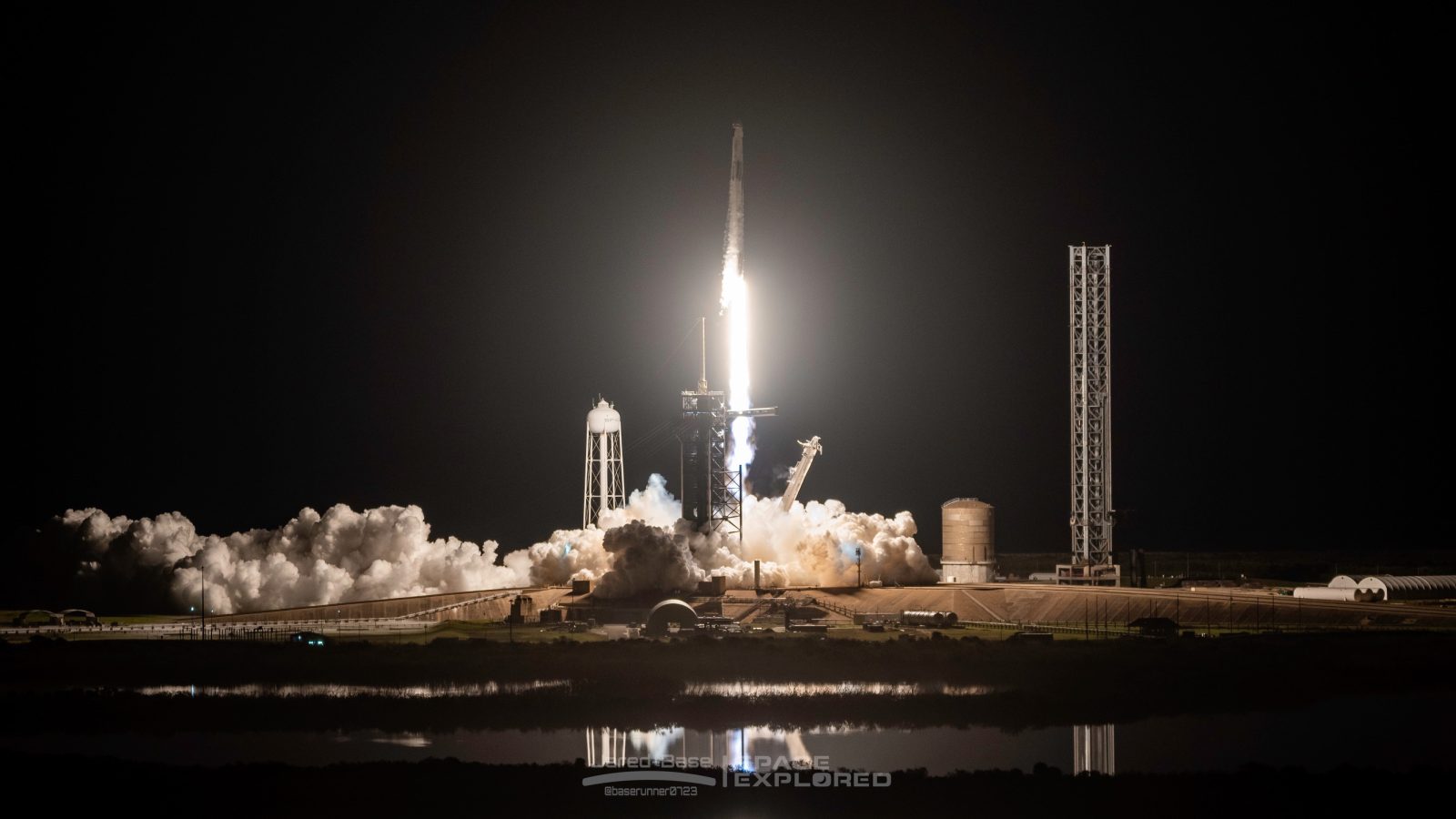
Last night SpaceX launched its Starlink Group 9-3 mission from Vandenberg Space Force base, the mission ended in a failure in the Falcon 9’s second stage, leaving the payloads too low to reach orbit. This mark’s SpaceX’s first inflight failure since 2015’s CRS-7 flight.
Expand Expanding CloseESA returns to sovereign launch capability with Ariane 6
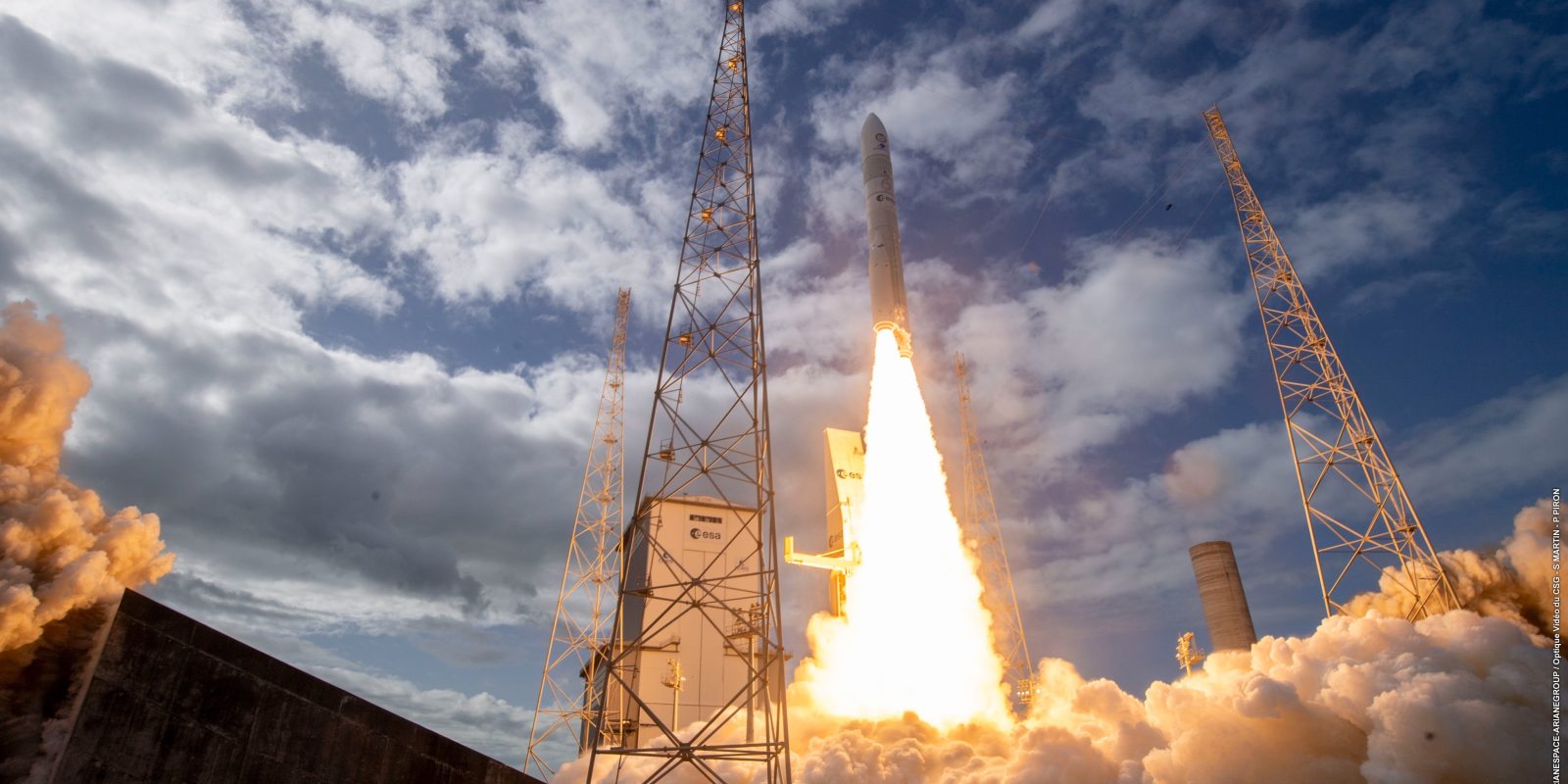
On Tuesday Arianespace and ESA lifted off the long awaited Ariane 6 rocket from its launch site in French Guiana. Delivering several test satellites for multiple customers, the rocket proved it was capable of getting to orbit, however its second stage suffered an anomaly on a highly requested upgrade.
Expand Expanding CloseNASA faces potential delays for Artemis 3 lunar landing mission
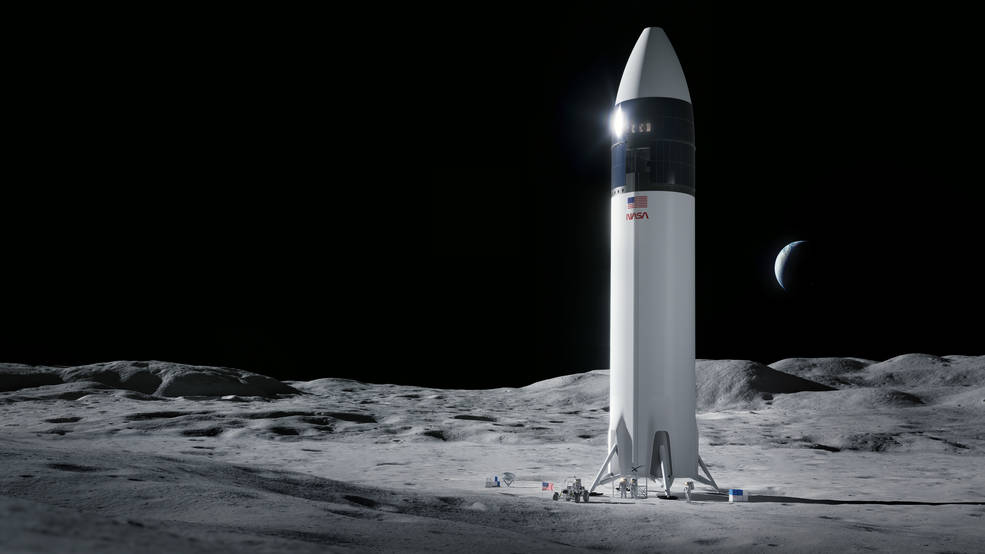
An internal NASA analysis has surfaced with concerning estimates as the agency advances toward a crewed lunar landing during the Artemis 3 mission, currently set for no earlier than September 2026. The analysis indicated a nearly one-in-three chance the lander, being developed by SpaceX, may be delayed by at least a year and a half.
Expand Expanding Close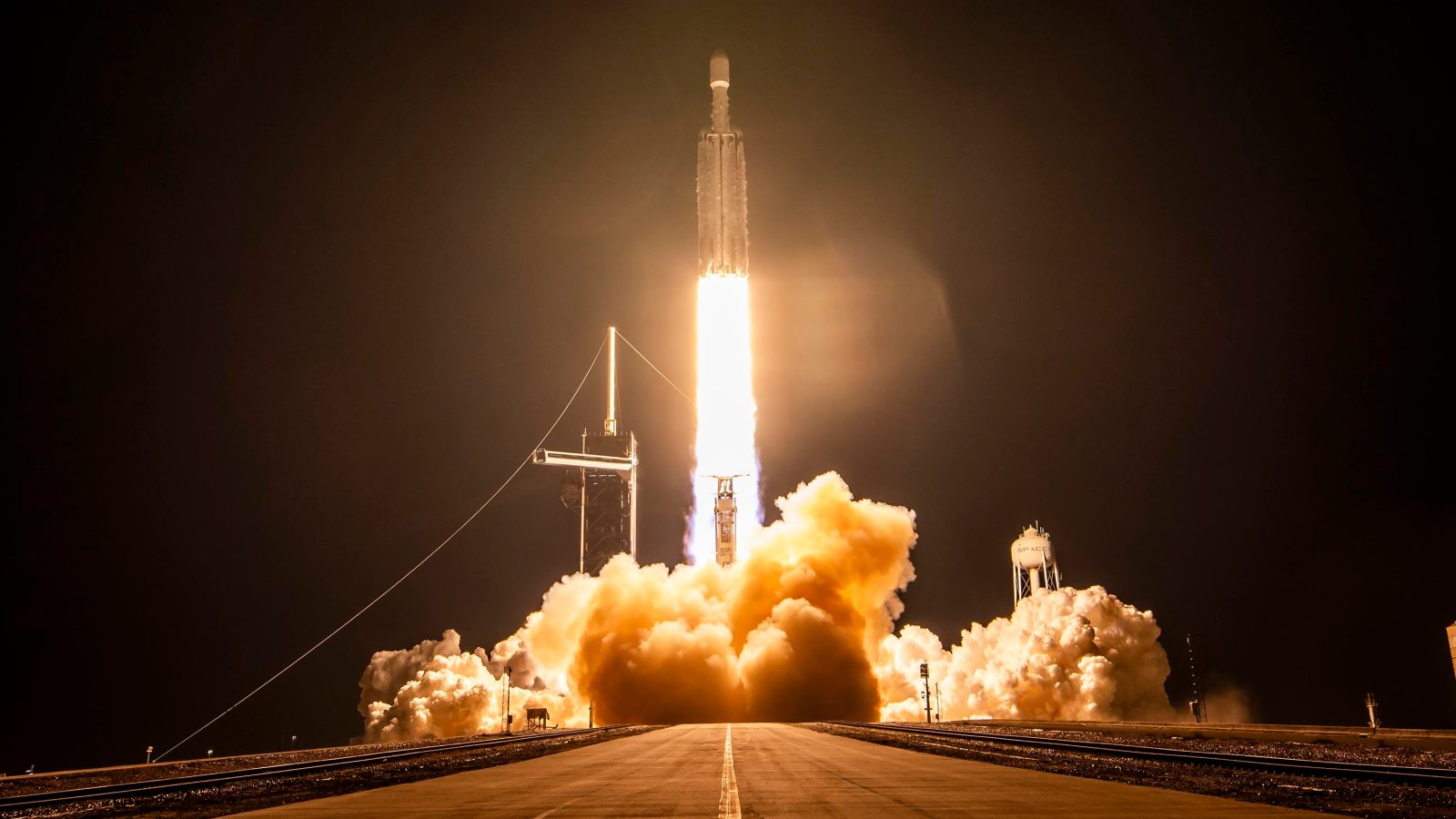
How many rockets has SpaceX launched in 2024?
SpaceX is aiming for 148 launches in 2024, once again another increase over the 98 it completed the year before. This cadence would mean the company would have to launch once every two and a half days. Keep track below of all of SpaceX’s 2024 launches.
Expand Expanding CloseWatch Ariane 6’s debut mission liftoff from French Guiana
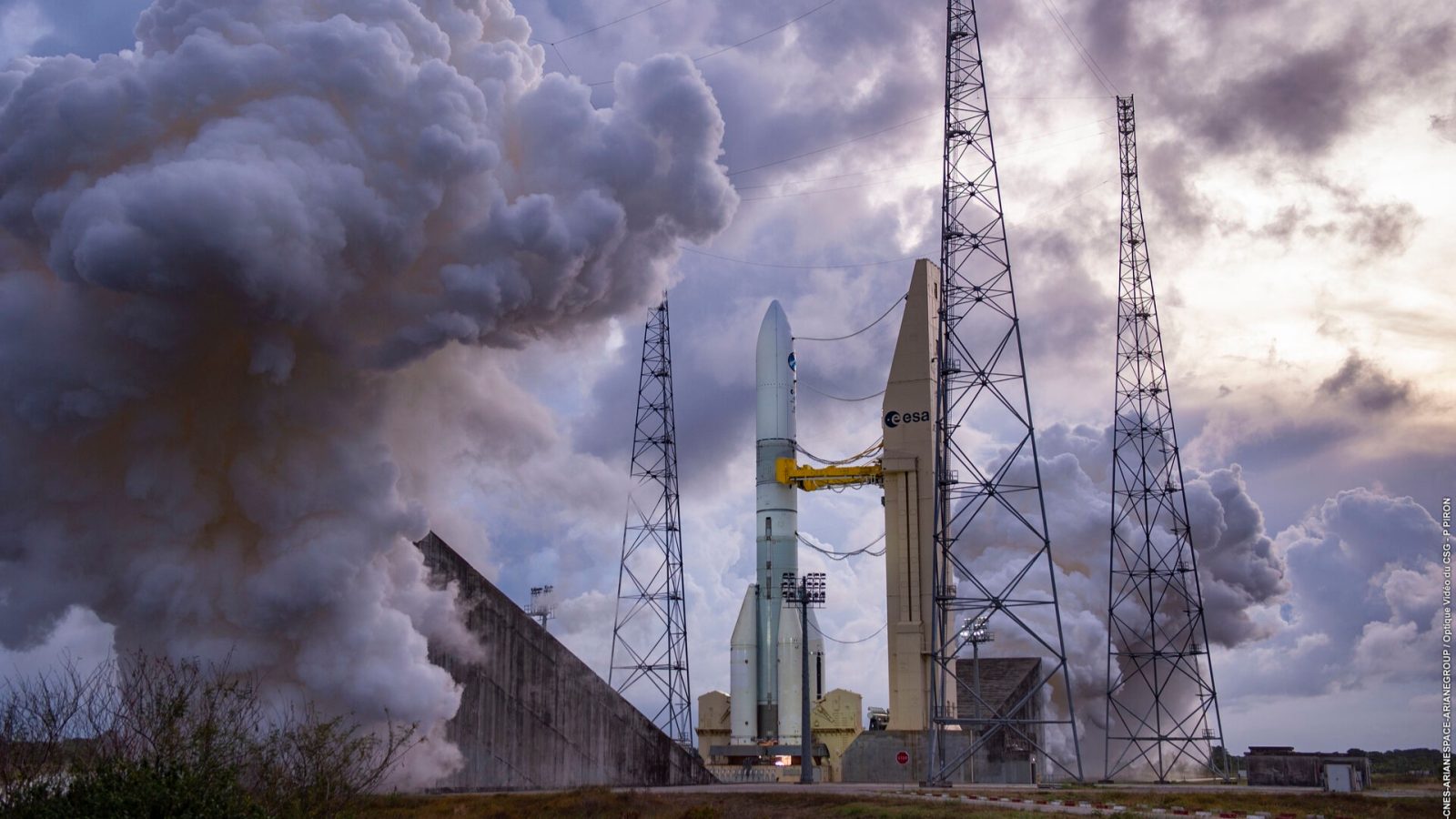
Today ESA is preparing to launch its first Ariane 6 rocket from French Guiana in South America. The continent has been waiting a long time for this moment after several delays to various parts of the rocket.
Expand Expanding CloseThis Week In Launch: Ariane 6 on deck for its maiden launch
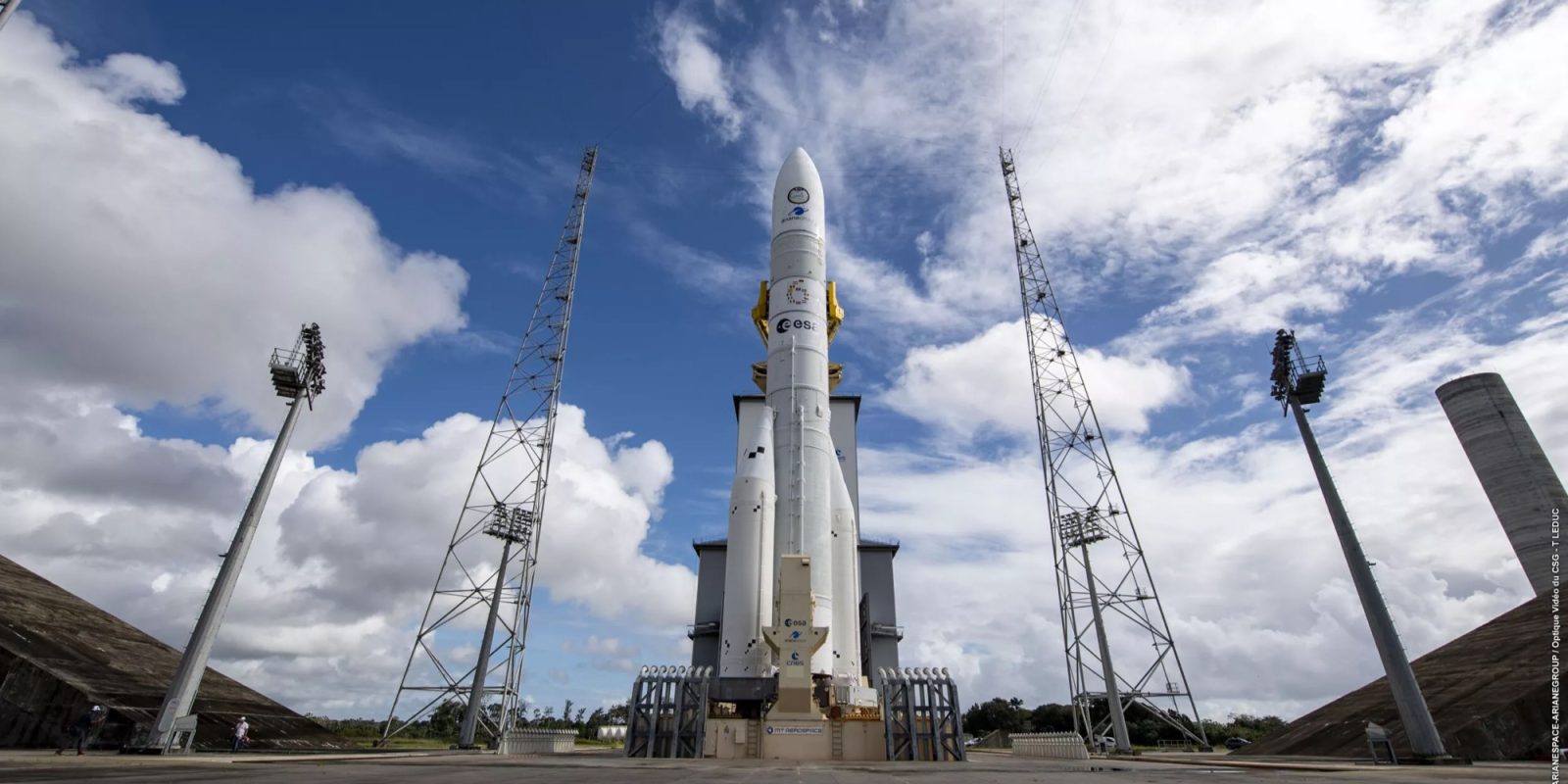
Following a double header by SpaceX later today, tomorrow Arianespace and the European Space Agency are ready to attempt its first launch of its Ariane 6 rocket. After years of delays and issues, the rocket has finally made it to the launch pad.
Expand Expanding CloseCanada begins next phase of Canadarm3 development for Lunar Gateway
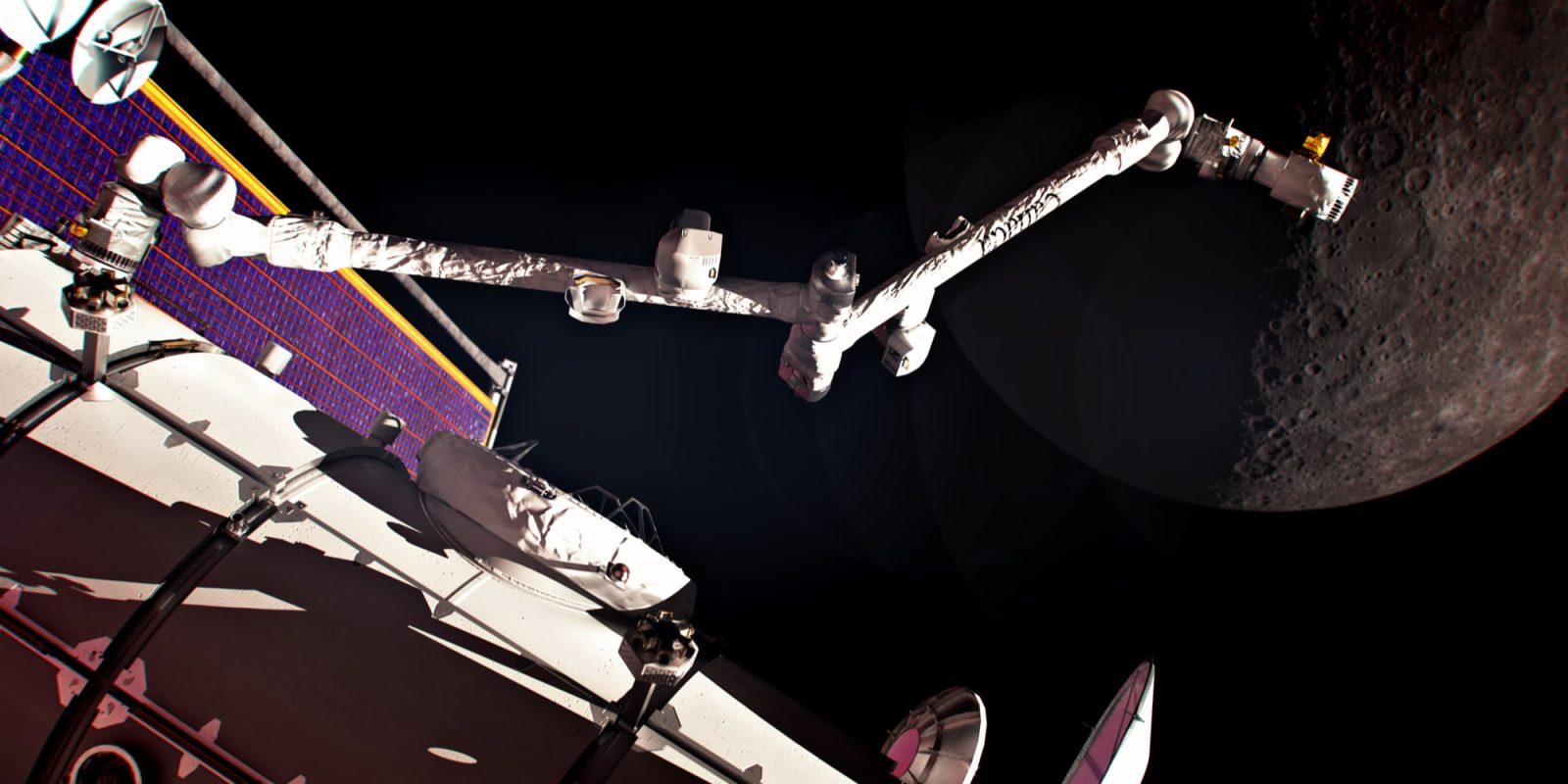
The Canadian Space Agency has awarded MDA Space a $1 billion contract for the next phases of the Canadarm3 program. This robotic system is integral to NASA’s Gateway, a space station that will circle the Moon to support the Artemis program.
Expand Expanding CloseNASA selects SpaceX to develop the ISS deorbit vehicle

In preparation for the safe deorbit of the International Space Station after 2030, NASA has selected SpaceX to build and deliver the U.S. Deorbit Vehicle. The single-award contract, valued at $843 million, is widely regarded as critical to ensure the safe and controlled deorbiting of the decades-old laboratory, minimizing risks to populated areas.
Expand Expanding ClosePolaris Dawn launch delays until July 31

While the launch date was still set, it was getting questionable if Polaris Dawn would actually be launching on July 12. Wednesday, the program announced a new launch date of July 31.
Expand Expanding CloseESA partners with Airbus, OHB, and Thales Alenia Space for ‘Zero Debris’ satellite platforms

The European Space Agency has embarked on a collective initiative by signing contracts with Airbus Defence and Space, OHB, and Thales Alenia Space to develop large low Earth orbit satellite platforms that adhere to “Zero Debris” standards. This move aligns with ESA’s ambitious commitment to “significantly limit” the production of space debris by 2030 in hopes of making a significant step forward in space sustainability.
Expand Expanding CloseEurope’s Ariane 6 rocket set for maiden voyage amid stiff competition

After four years of delays, Europe’s Ariane 6 rocket is poised for its first launch next week, aiming to restore the Continent’s independent access to space and counter the intense competition from Elon Musk’s SpaceX. The European Space Agency’s most powerful rocket is scheduled to blast off from its South American spaceport in Kourou, French Guiana, at 2:00 p.m. EDT (18:00 UTC) July 9.
Expand Expanding CloseSpaceX has a nice first half of 2024 for launch, but still below its goal rate
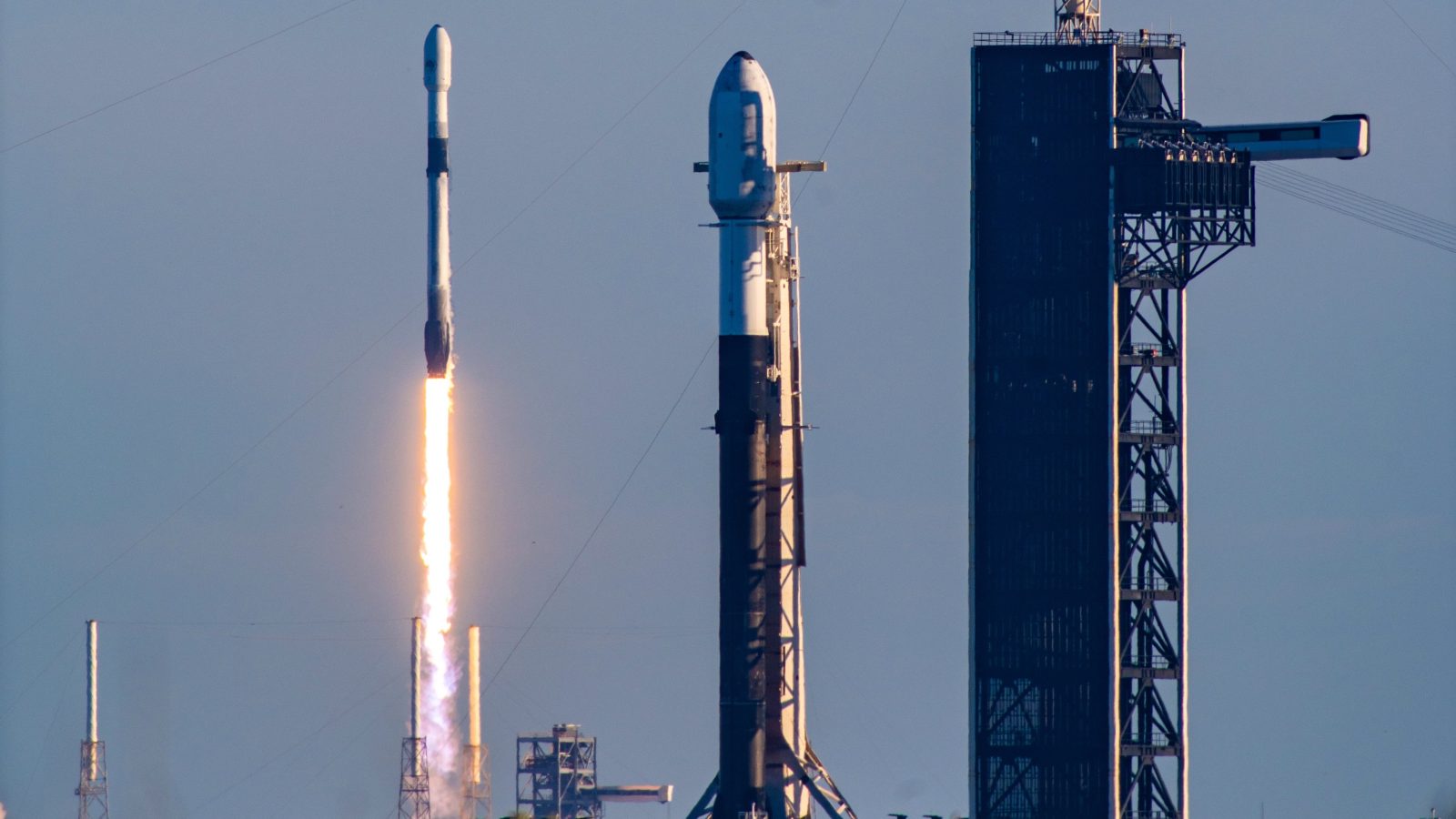
It’s been six months into 2024 (literally how?) so it’s time to check in on how well SpaceX is doing in getting to its 148 launch goal. So far SpaceX has had one of its best years yet, but is it enough to reach that hefty goal? We’ll see.
Expand Expanding CloseThis Week In Launch: Firefly back for its fifth flight
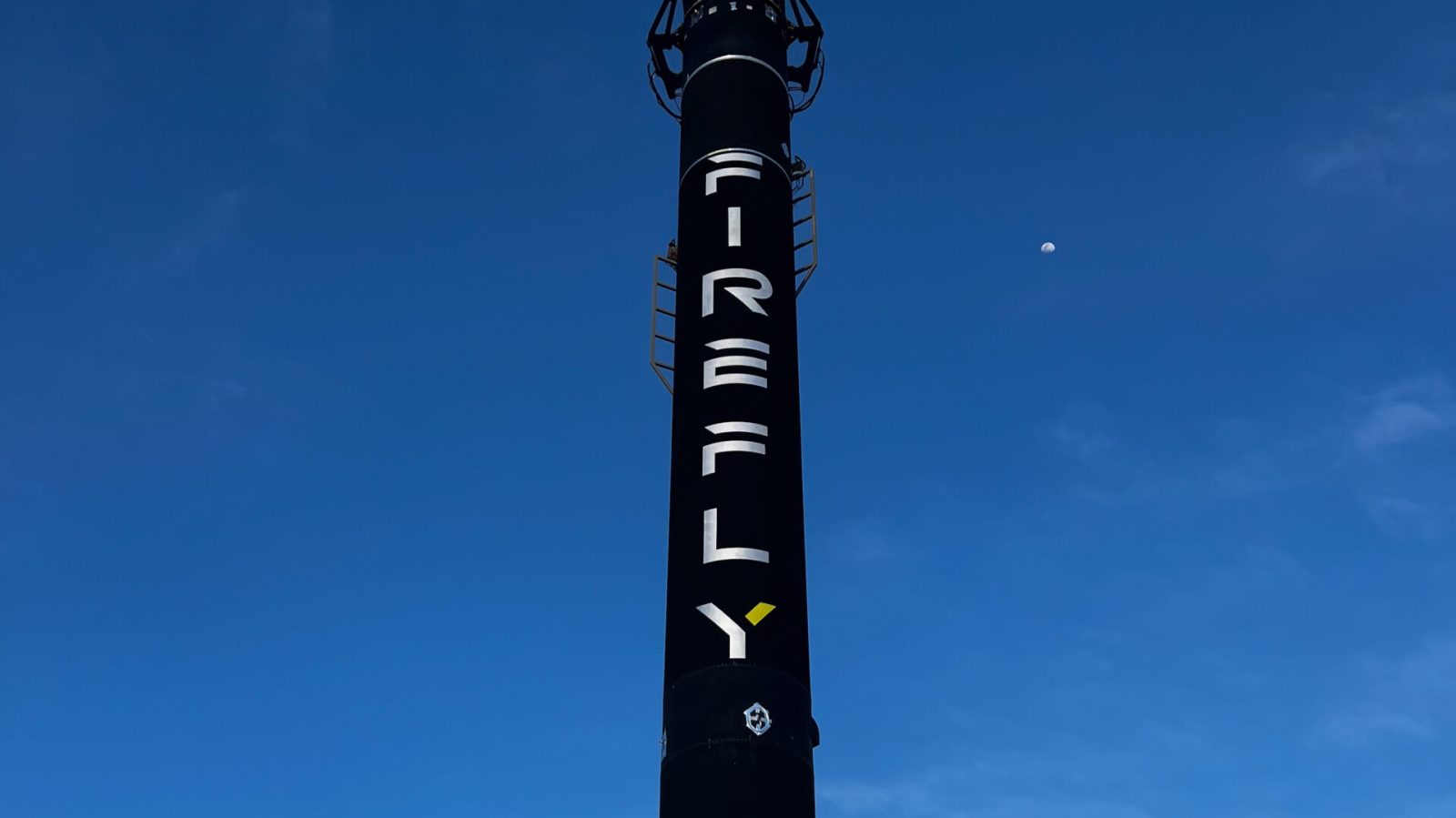
On this quiet holiday week, China will actually be launching more than SpaceX, and even on Fourth of July (how rude). However, we do finally get to see Firefly return to the launch site after December’s partial failure of its Alpha rocket – scheduled for late Monday evening.
Expand Expanding CloseSpaceX’s stock price jumps to $112, $210 billion valuation
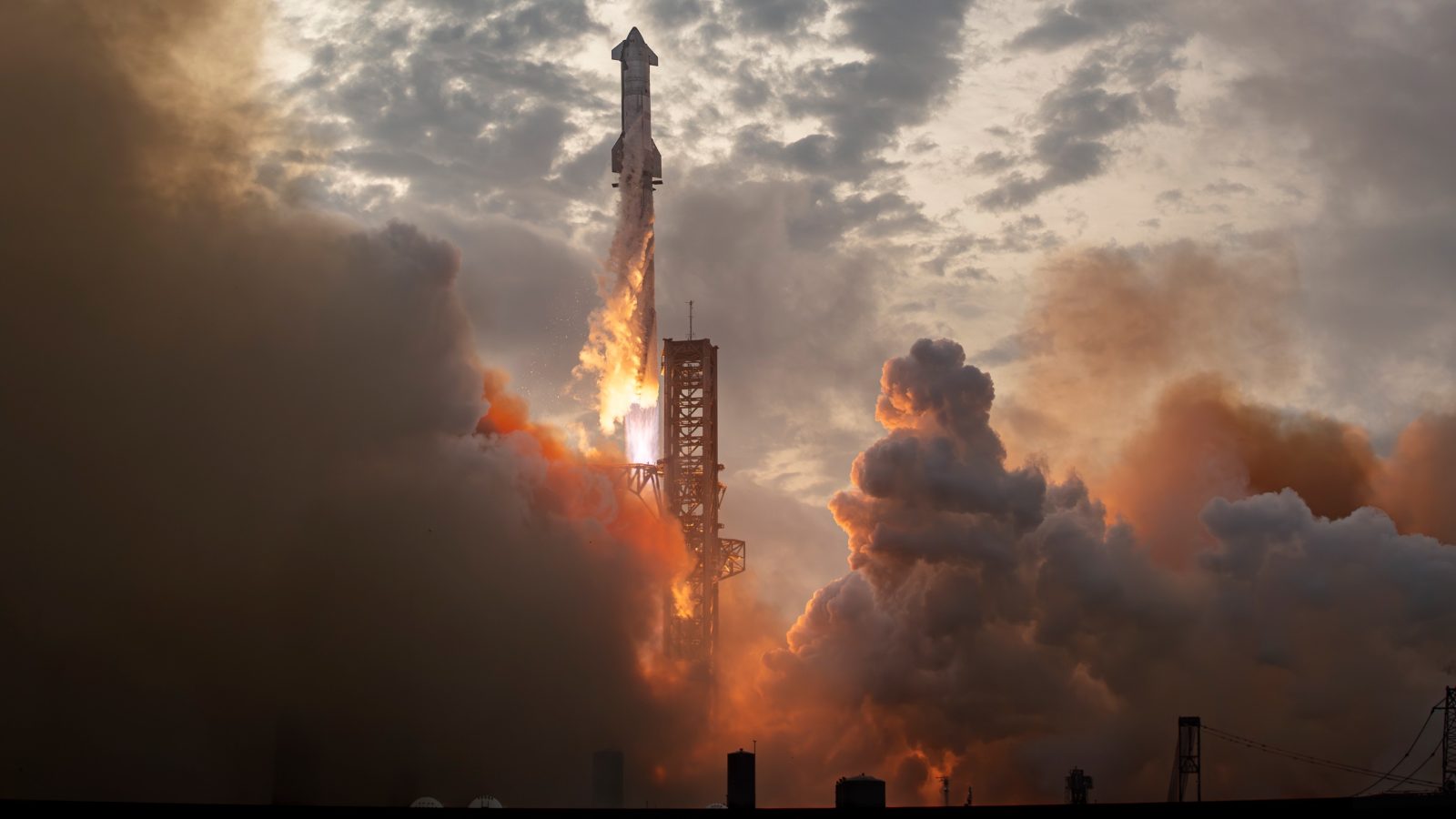
Bloomberg reports that SpaceX will sell its privately held shares for a new price of $112 a piece. With a new valuation of $210 billion, it now tops the charts for US unicorns and close to being number one worldwide.
Expand Expanding CloseFirefly has two new launch sites

Firefly announced this week that it will expand its launch sites to two new locations, including one international location. This comes as the company is hoping to get another successful launch under its belt to bolster it as a viable competitor to SpaceX, Rocket Lab, and other larger launch companies.
Expand Expanding CloseWhy Boeing Starliner is still docked to the ISS
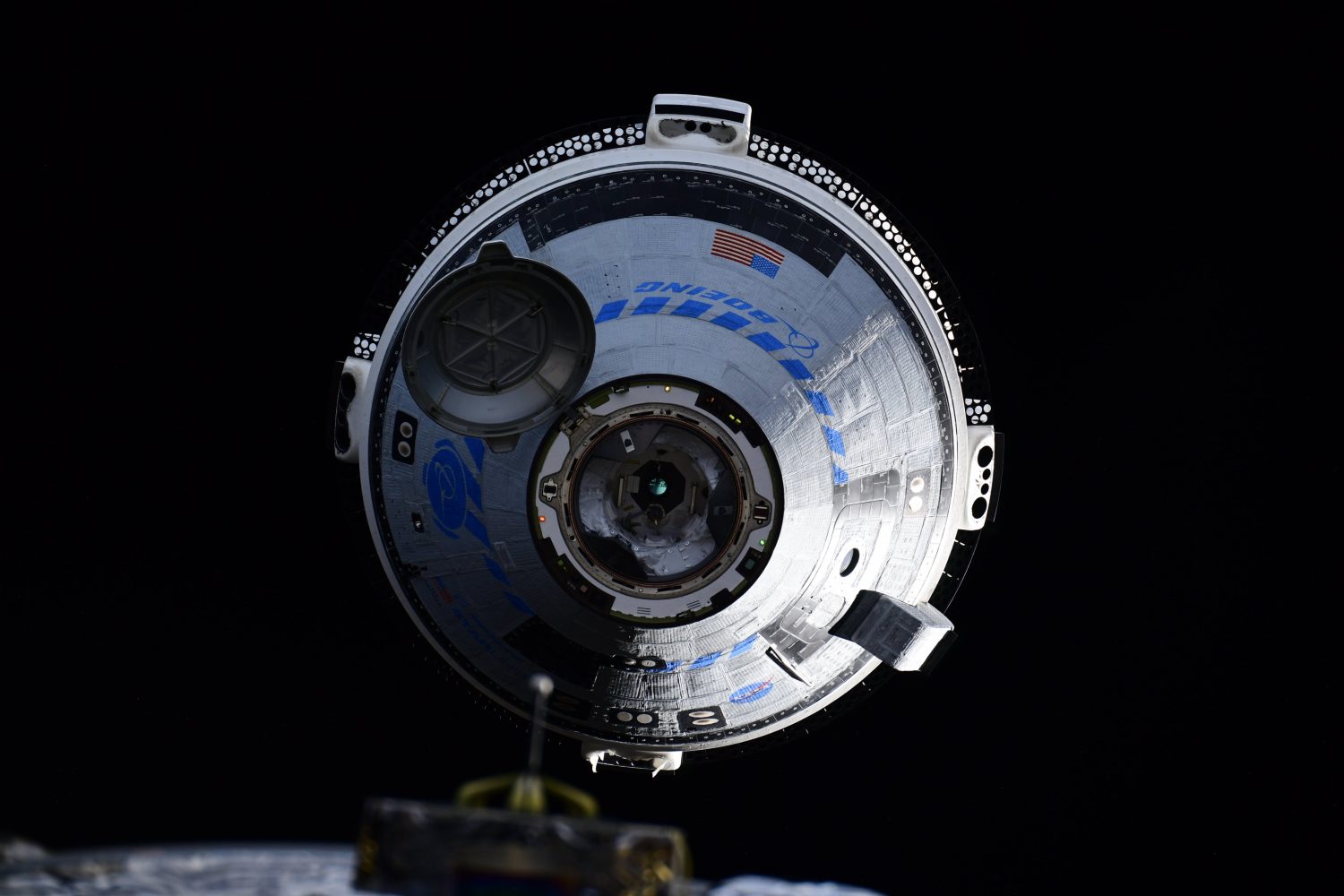
NASA held a press conference yesterday to talk about NASA’s Commercial Crew Program and Starliner. In attendance were Ken Bowersox, associate administrator of NASA’s Space Operations Mission Directorate; Steve Stich, manager of NASA’s Commercial Crew Program; Bill Spetch, operations integrations manager; Emily Nelson, chief flight director at JSC; and Mark Nappi, vice president and program manager of Boeing’s Commercial Crew Program element.
Expand Expanding CloseWhat’s the future of Virgin Galactic?
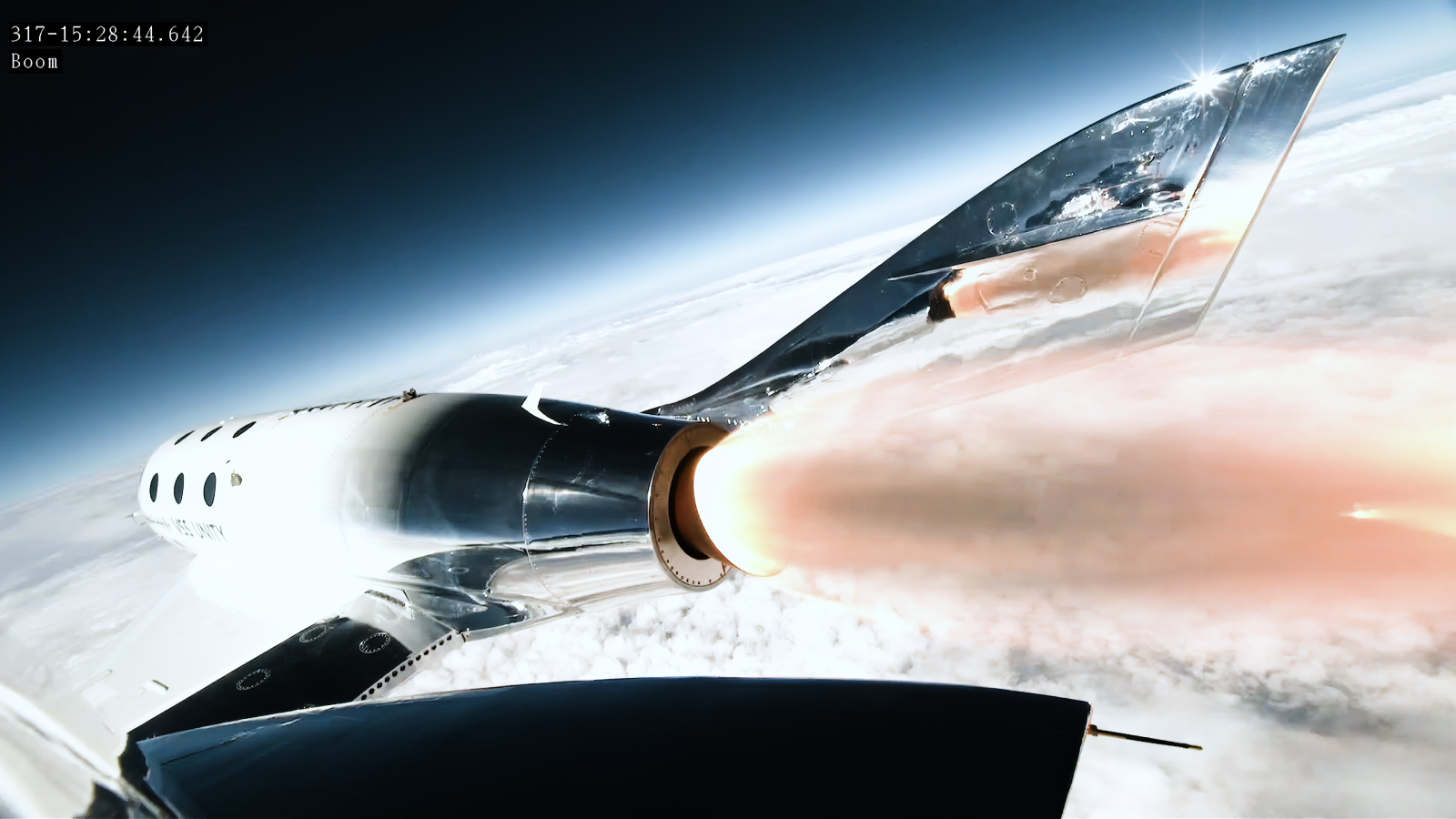
About three weeks ago, Virgin Galactic flew its final SpaceShipTwo mission with Galactic 07. Last week, the company completed a reverse stock split to keep its stock price above the $1 exchange limit, however its price continues to drop. So what is the future of the company that has been repeatedly the butt of jokes by financial experts?
Expand Expanding CloseSpaceX Falcon Heavy: What GOES Up, also GOES Down
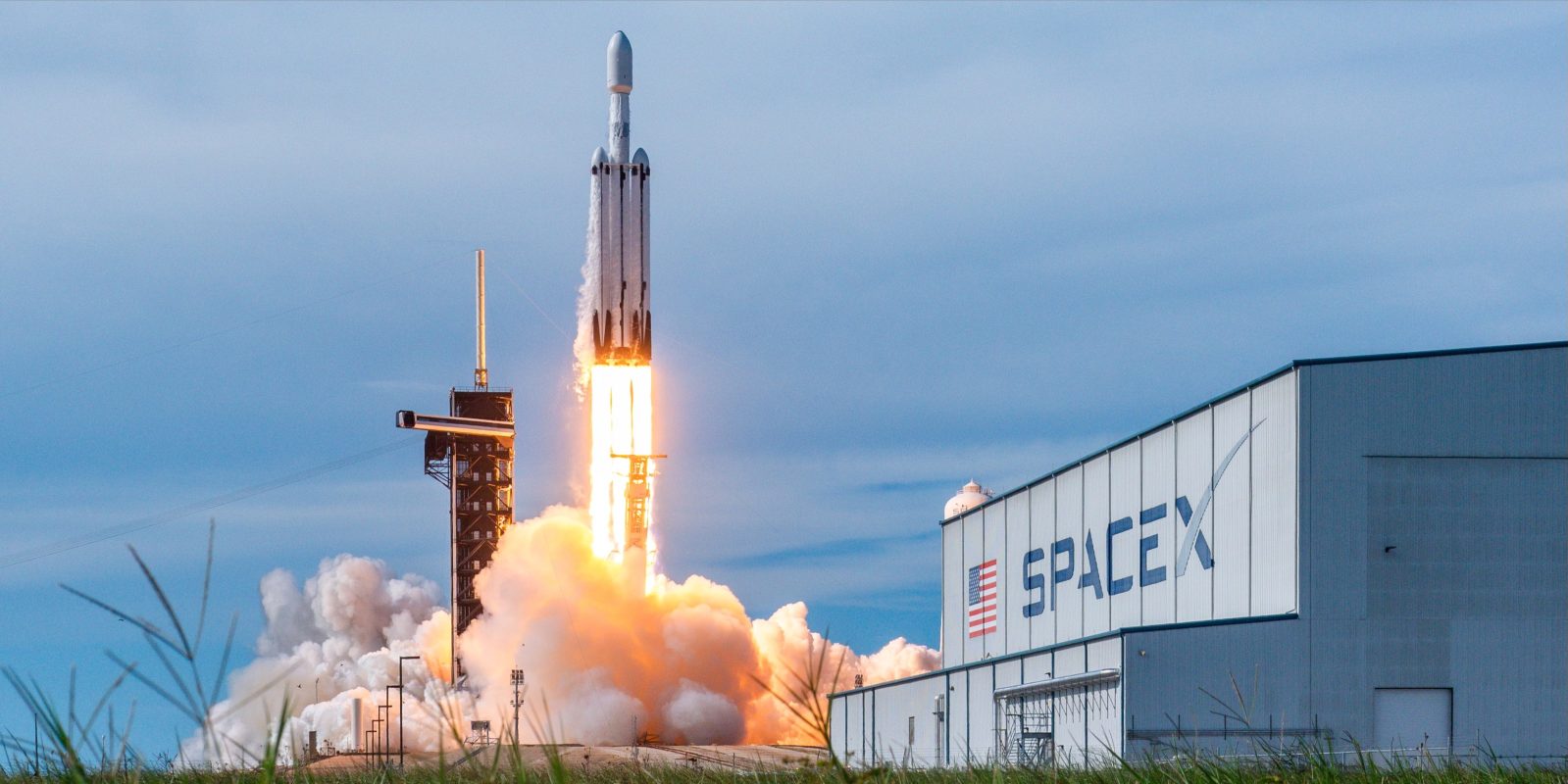
SpaceX launched its first Falcon Heavy of 2024 Tuesday afternoon on a spectacular clear day for all to see. On top was NOAA’s final GOES-R series of weather satellites, GOES-U (here’s an explainer on the names).
Expand Expanding CloseSierra Space steps aside for Vulcan Cert-2 mission as next rocket arrives at Cape
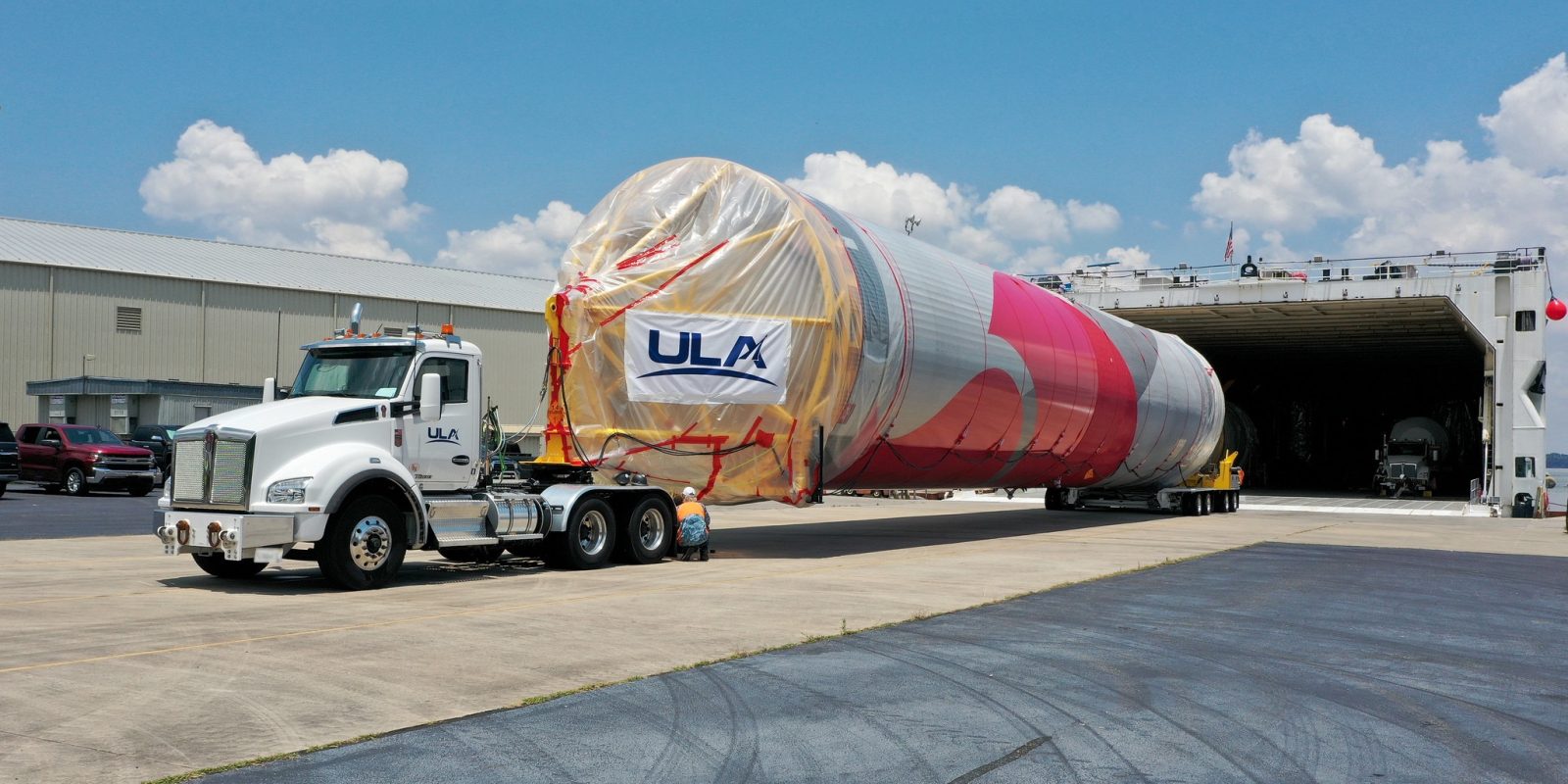
On Saturday ULA received its second Vulcan rocket at Cape Canaveral from its factory in Alabama. This marks the start of a second launch campaign to certify the launch vehicle for national security missions. Then today, ULA announced that its next mission will fly an inert payload instead of Sierra Space’s Dream Chaser due to scheduling delays.
Expand Expanding CloseWhen is the next SpaceX Falcon Heavy Launch?
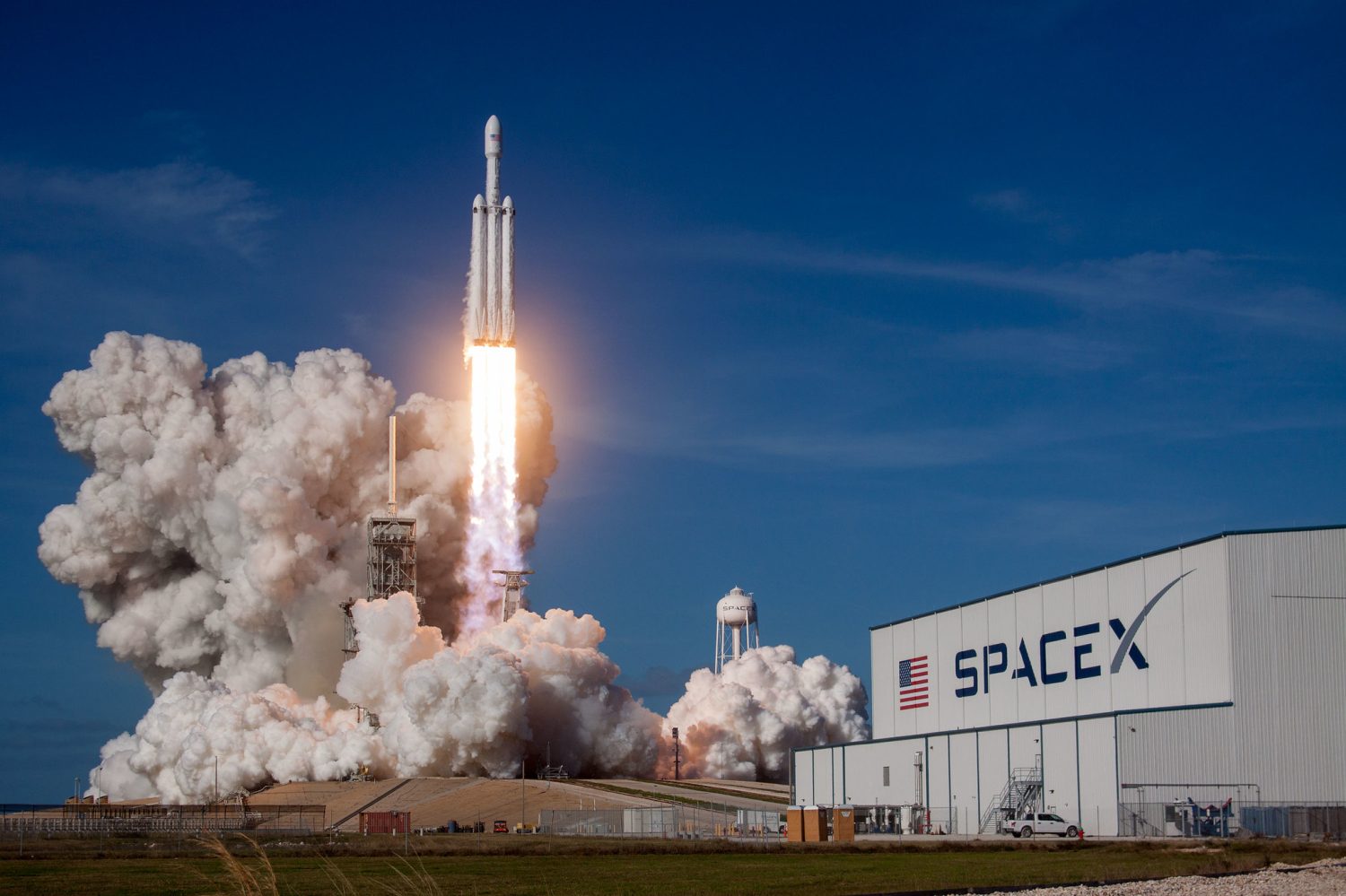
What do you get when you take three Falcon 9 boosters and strap them together? Well, a Falcon Heavy of course. The second most powerful operational rocket (surpassed only by NASA’s Space Launch System), SpaceX doesn’t get to launch it often, but when they do, everyone wants to see it. The next Falcon Heavy launch is scheduled for no earlier than June 25, 2024, from LC-39A at Kennedy Space Center. [LAUNCHED]
The next Falcon Heavy launch will be NASA’s Europa Clipper mission in October 2024. Comeback soon for details.
Expand Expanding CloseThis Week in Launch: Falcon Heavy and Firefly return to the launch pad
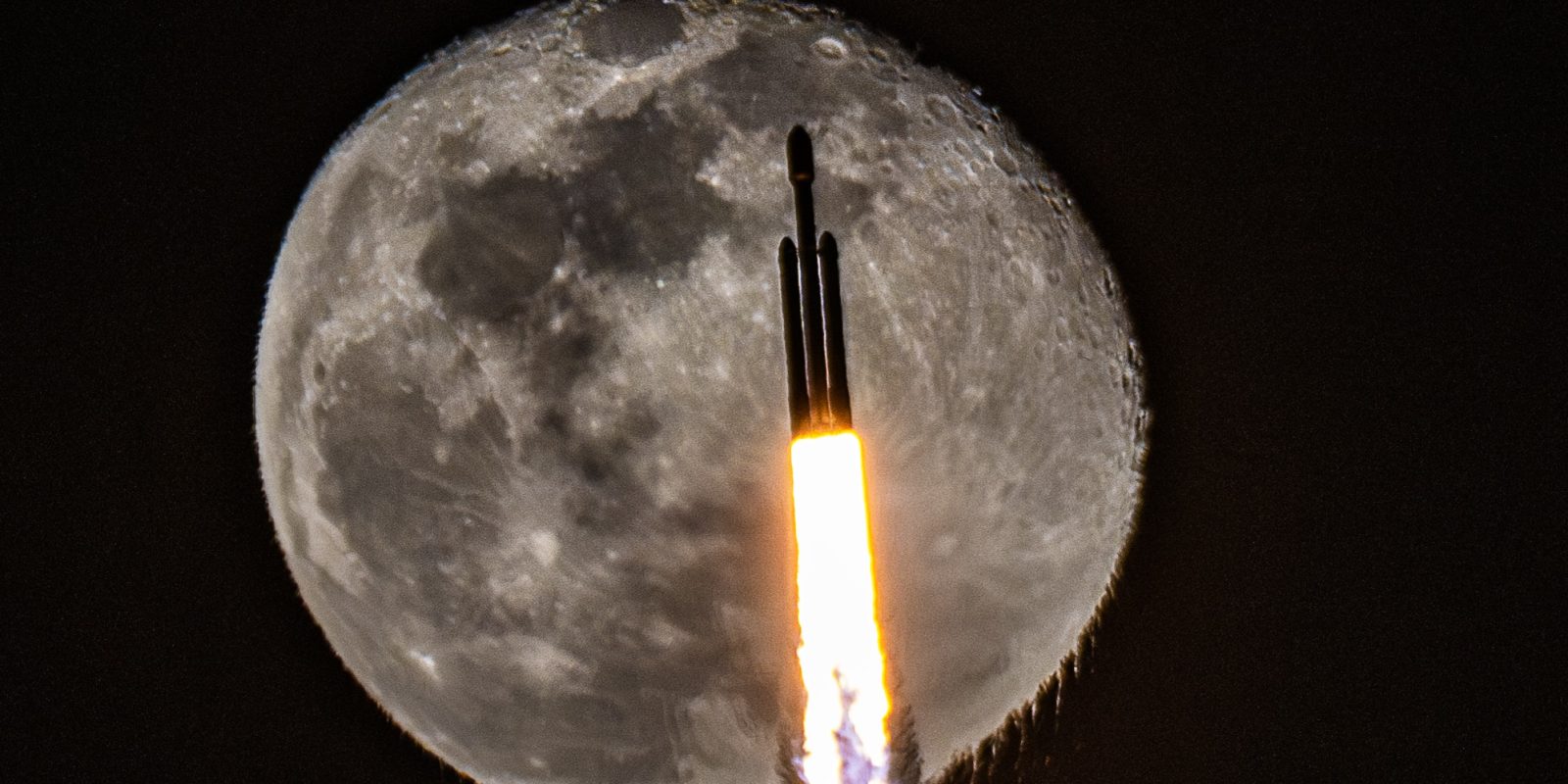
This week, two rockets returning to the launch pad after over six months. First will be SpaceX’s Falcon Heavy, launching NOAA’s GOES-U weather satellite, and Firefly’s Alpha, launching CatSat, and many others, a 6U CubeSat built by students from the University of Arizona.
An honorable mention, Japan’s H3 rocket will launch for the third time, its second of the year.
Expand Expanding CloseRocket Lab hits 50th launch milestone with its Electron rocket
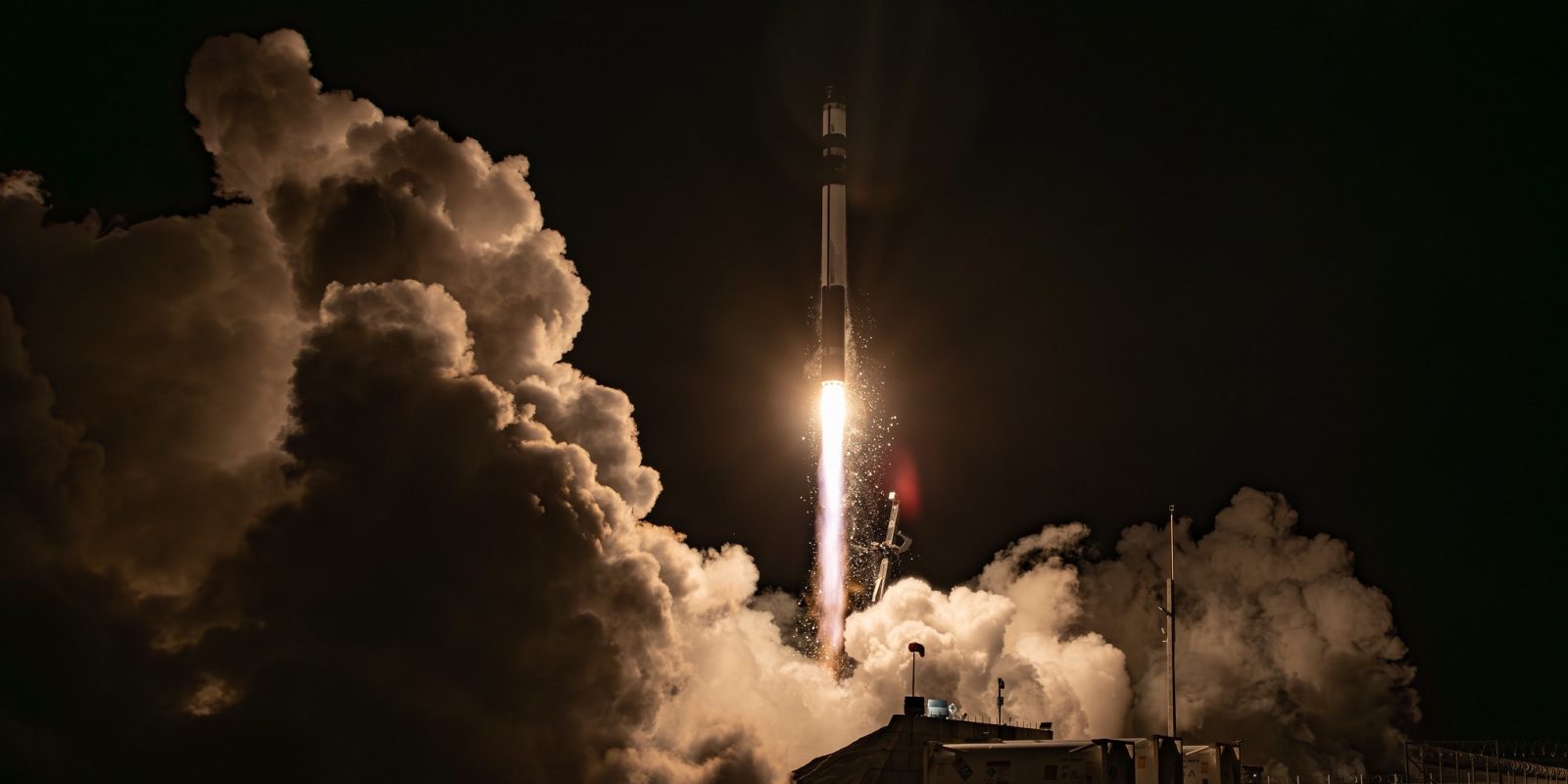
Thursday night Rocket Lab hit a major milestone for any rocket launch provider, 50 launches. The little rocket that could, did, and has become one of the most flown rockets in the world right now.
Expand Expanding Close
































